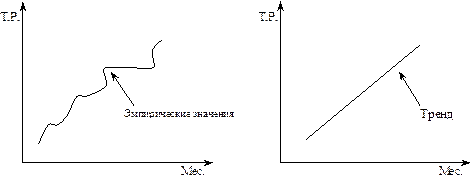Constitutional government is defined by the existence of a constitution – which may be a legal instrument or merely a set of fixed norms or principles generally accepted as the fundamental law of the policy – that effectively controls the exercise of political power. The essence of constitutionalism is the control of power by its distribution among several state organs or offices in such a way that they are each subjected to reciprocal controls and forced to cooperate in formulating the will of the state. Although constitutional government in this sense flourished in England and in some other historical systems for a considerable period, it is only recently that if has been associated with forms of mass participation in politics. In England, for example, constitutional government was not harnessed to political democracy until after the Reform Act of 1832 and subsequent 19th-century extensions of the suffrage. In the contemporary world, however, constitutional governments are also generally democracies, and in most cases they are referred to as constitutional democracies or constitutional-democratic systems.
The contemporary political systems that combine constitutionalism and democracy share a common basis in the primacy they accord to the will of the majority of the people as expressed in free elections.
In all such systems, political parties are key institutions, for they are the agencies by which majority opinion in a modern mass electorate is mobilized and expressed. Indeed, the history of the political party in its modern form is coincidental with the development of contemporary constitutional-democratic systems. In each case, the transition from the older forms of constitutionalism to modern constitutional democracy was accompanied by the institutionalization of parties and the development of techniques of party competition. The essential functions of political parties in a constitutional democracy are the integration of a multitude of interests, beliefs, and values into one or more programs or proposals for change and the nomination of party members for elective office in the government. In both functions, the party serves as a link between the rulers and the ruled: in the first case by allowing the electorate to register an opinion on policy and in the second by giving the people a chance to choose their rulers. Of course, the centralized, autocratically directed, and ideologically orthodox one-party systems of totalitarian regimes perform neither of these functions. The two major types of constitutional democracy in the modern world are exemplified by the United States and Great Britain. The United States is the leading example of the presidential system of constitutional democracy; Britain, although its system is sometimes referred to as a cabinet system in recognition of the Cabinet in the government, is the classic example of the parliamentary system. The U.S. presidential system is based on the doctrine of separation of powers and distinguishes sharply between the personnel of the legislature and the executive; the British parliamentary system provides for the integration or fusion of legislature and executive. In the U.S. system the separation of legislature and executive is reinforced by their separate election and by the doctrine of checks and balances that provides constitutional support for routine disagreement between the branches; in the British system the integration of legislature and executive is reinforced by the necessity for their constant agreement, or for a condition of “confidence” between the two, if the normal processes of government are to continue. In the U.S. system reciprocal controls are provided by such devices as the presidential veto of legislation (which may be overridden by a two-thirds majority in Congress), the Senate’s role in ratifying treaties and confirming executive nominations, congressional appropriation of funds and the executive ability to declare war, and judicial review of legislation; in the British system the major control device is the vote of “no confidence” or the rejection of legislation that is considered vital.




